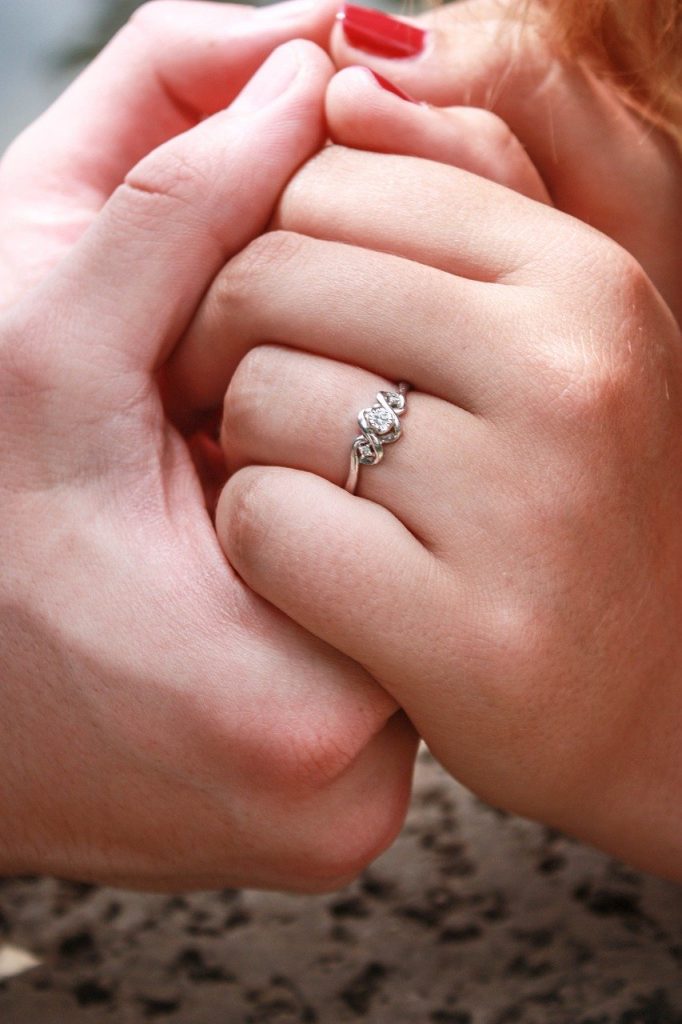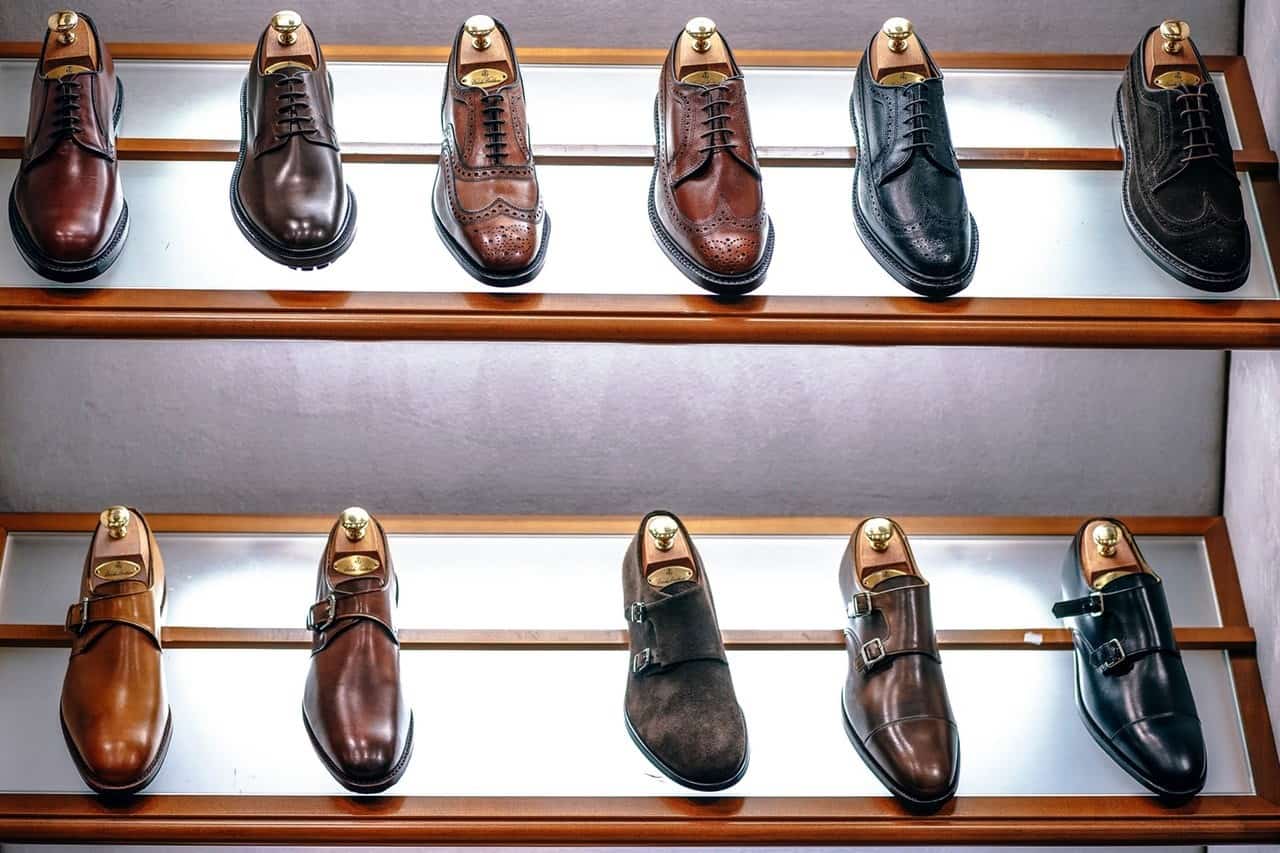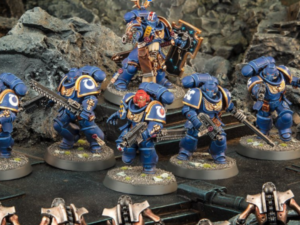As an item of jewelry you’ll be wearing every day, you should truly love and adore your engagement ring — so why not design your own? Custom made rings are becoming more popular as demand for personalisation and customisation increases, with wearers wanting to express elements of their personality, as well as their love for their partner. A bespoke ring will give you free rein over the design elements, such as your choice of gemstone (including the colour and number), and the metal and setting of the band.
What’s more, collaborating on your engagement ring with your partner will make the process even more exciting, as well as making the proposal itself more special. Read on for our guide to getting a custom engagement ring.
Start the process early
Unlike the instant gratification of off-the-shelf jewelry, designing your own engagement ring can take anywhere from several weeks to a few months. Designer Zameer Kassam estimates the average bespoke ring needs six weeks to make, claiming that most clients “don’t want to spend a week – they want it to take two months, and they really want to enjoy the process.” As such, it’s recommended to start the process early to ensure that your ring is made in time.
Remember to allow for the incorporation of extra time though. It can often be a long process from the initial idea to the finished product, and you’ll have to engage in plenty of correspondence with your designer to make sure your ring is exactly as you want it. It’s also advisable to allow for even more time in case of any adjustments.
- Look for a reputable jeweler
Your choice of jeweler will impact the quality of the ring. Choose one with a solid track record of custom rings. To help source a jewelry designer, ask your friends and family for recommendations, or look online. The ideal jeweler will have experience and expertise — simply asking how long they’ve been in the industry will give you some idea, as well as looking at previous examples of their work. Any esteemed jeweler will be happy to show you their portfolio.
Ultimately, you will want your engagement ring to be designed by someone you trust, who understands your vision and takes your design input into consideration. For instance, custom ring specialists Taylor & Hart allocate a personal consultant to each of their customers, who help them to create a design which not only brings their ideas to life, but also caters to their exact budget.
Find visual inspiration

When designing your own engagement ring, you should spend time looking at different styles — you might think you want a modern ring or something more traditional, but you never know what designs will spark creative ideas. It’s also a good idea to browse jewelry stores for inspiration, as you can pick out aspects you like. For instance, you might like the specific stone cut in one ring and the setting of another, both of which can then be incorporated into your own bespoke ring.
You don’t even need to leave the house to get inspired thanks to visually-minded social media platforms like Instagram and Pinterest. You could use these platforms to make mood boards which will prove useful when meeting with your jewelry designer. You may also consider taking your current jewelry collection into account — for instance, if you tend to pick yellow gold pieces, you might want an engagement ring to match.
- Choose a stone
Gemstones are the focal point of any engagement ring, so it’s best to start by making a decision on that then design the rest of the ring around it. The cut of the stone is important as it can impact how a stone gives out light and sparkles. And while diamonds are often the most common stone, thanks to their durability, rubies and aquamarine are just as robust, while sapphires are more affordable. Softer stones like emeralds, opals and pearls are also an option, but can be more susceptible to scratches and wear and tear.
Pick a metal
Next you should pick a metal for the band. Yellow gold is the classic option, but not necessarily the best one. White or rose gold is ideal if you want to add a modern twist to your engagement ring, while platinum or palladium offer silvery-white finishes. Some jewelers also offer recycled metals, which is in line with rising consumer demand for ethical jewelry — searches for “recyclable gold” have risen by 35% since November 2019. Your budget also needs to be factored in here, as precious metals like platinum are typically priced higher than gold. Durability is important too — although expensive, gold is a soft metal, meaning it’s prone to rubs and scratches, while palladium is more durable.
Select a setting
Once you’ve picked a gemstone, you will need a setting to accompany it, which determines how your stones are securely attached to the band. There are four main types: solitaire, halo, three-stone, and side stones. A solitaire setting is the most popular, flanked by two slightly smaller stones, with the side stone setting including a cut stone (typically a half-moon, baguette or trillion cut) set at each side of the centre stone.
For those looking for something a little extravagant, the three-stone setting is ideal, as the central gem is surrounded by two slightly smaller ones. Meanwhile, the halo features stones set around a central stone, providing an eye-catching arrangement which makes the centre stone appear larger.







